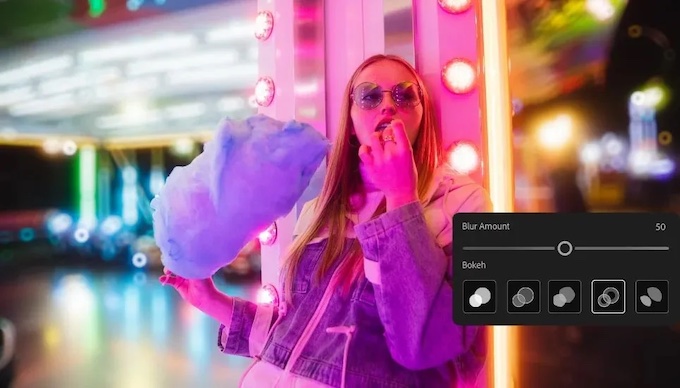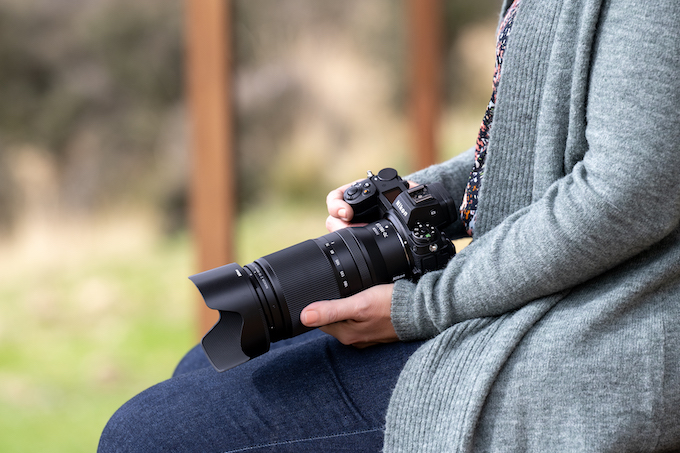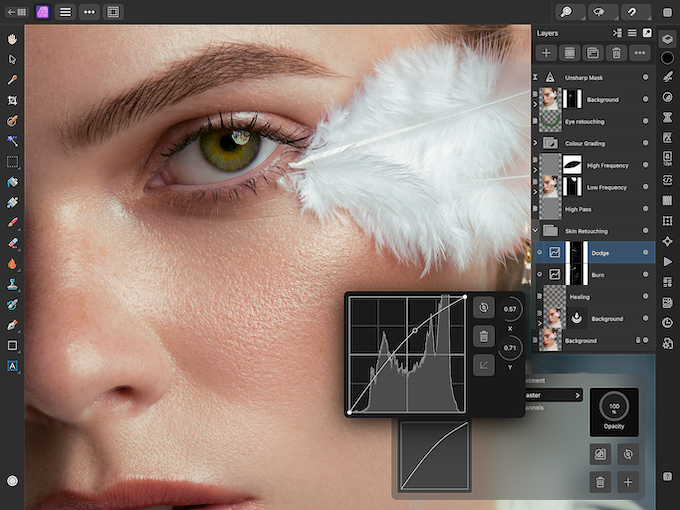
The Capture One splash screen eases the transition to the program for new users and those looking for instruction with the new features. Photo © Stan Sholik
Capture One Pro software has been in the process of evolving from a high-quality RAW file conversion program to full-featured image processing and image file management software over the last few versions. Capture One Pro 10 continues this evolution with several innovative new features and overall speed improvements, along with some minor workspace changes.
Capture One Pro is available for both Mac and Windows platforms. For new users, the cost is $299, which now includes activations on three computers. Existing users of Capture One Pro versions 8 and 9 can upgrade for $99. Capture One Pro subscribers, who pay $15 per month for a 12-month plan, can download the new version at no cost.
What’s New
As mature a program as Capture One Pro is, the Phase One engineers keep finding ways to increase its functionality as well as its overall speed. For one, the image sharpening process was completely rethought, resulting in a new three-stage process. The controls for the stages are found in different panels of the program where their functionality is most appropriate. The first stage, a new lens tool option in the Lens Correction panel, corrects lost sharpness caused by lens diffraction. This addition resulted in the need to move the Lens Correction icon one place to the left so that the diffraction correction could be done earlier in the workflow.
The second sharpening stage, user-defined creative sharpening—which includes a new Halo Suppression slider—is applied globally in the Details panel, or locally as a layer in the Local Adjustments panel. The final sharpening stage is found in the Adjustments tab of the Process Recipe in the Output tools panel. For print sharpening, there is even a dialog box in which to enter the viewing distance from the print.
Another major enhancement is the addition of a new Proofing mode. This mode allows you to simulate the final size, resolution, color space, compression artifacts and sharpening on your monitor. This required another minor workspace change, the addition of a “Spectacles” icon at the far right of the toolbar.
A new Camera Focus Tool is added in the software’s Live View mode that allows photographers doing tethered capture to autofocus all models of camera supported by the software.
One final innovation will be of interest to power users: Capture One Pro 10 is compatible with the Tangent panel system, used extensively in the video production environment. Using trackball-like controls as well as rotary dials and pushbuttons, the system allows full control of every feature of Capture One Pro 10 without having to take one’s eyes off the monitor. It’s an innovative, if pricey, addition when you add the full Tangent system hardware.
User Friendliness
The minor interface tweaks required by the new tools will not cause any confusion for existing users. As always, the interface is designed to move you through the image enhancement process from left to right in the toolbar. For new users familiar with Adobe or other imaging programs, the Capture One Pro interface looks quite different. But Phase One provides an extremely comprehensive set of tutorials to get new users up to speed and to familiarize long-time users about the new features. It has always been my opinion that the learning curve is well worth the investment in time, since you’ll have all of the most-used features of Bridge, Lightroom, Photoshop and Camera Raw in one program.

The new Output Sharpening tool, activated with the “eyeglass” icon in the toolbar, previews all of the enhancements in the final image and allows you to apply sharpening to the output image and see the results.
What We Liked
Capture One Pro 10 feels very responsive when moving from thumbnail to thumbnail and particularly when moving from one full-size preview to another.
Each stage of the new three-stage sharpening delivers on its promise, although the visibility of the results vary with the tools. I rarely shoot wide angle lenses at their minimum apertures, where diffraction is most pronounced, but I did find some images with my Rokinon 24mm f/1.4 at f/16. When I processed these with the Diffraction Correction tool, there appears to be a subtle improvement in sharpness, but not as dramatic as I expected. Still, the image looked somewhat sharper with greater contrast and clarity.
The second stage creative sharpening tools are what most programs include as simply sharpening tools; they worked as expected, although the ability to brush sharpening onto an image locally with precision is a real bonus. The Halo Reduction tool is the first I’ve seen and very effectively removed halos caused by over sharpening. The third stage, output sharpening, is very well designed. I found the ability to preview the effect on screen for print sharpening in the Proofing mode was very accurate, although I saw little change in the effect between choosing a viewing distance of 6 to 60 inches.
I didn’t get the chance to test the Autofocus mode in Tethered Capture mode, but I did see a demonstration of the Tangent panel system at a Phase One seminar. The full $3,300 system is overkill for any single photographer, but the $350 limited Tangent panel for color correction is a worthwhile addition if you really need precise color control of highlights, midrange and shadows.
What We Didn’t Like
I found nothing in the new features to badmouth, but my criticisms from previous versions seem to have fallen on deaf Phase One ears. Those include the inability to add comprehensive EXIF information when importing images, the minimally usable Spot Removal tool (along with the need to create a heal or clone layer in the Local Adjustments panel to really do spot removal), and the need to create a keyword preset before importing images, rather than during the process.
How It Compares
Capture One Pro 10 incorporates in one program the features of Adobe Bridge, Lightroom, Photoshop and Camera Raw that most photographers need (unless you do compositing). With this version, Capture One works faster than the comparable features in the Adobe programs. And while the look of the interface and the workspaces is different from other file management and RAW photo conversion software, it’s hardly an insurmountable learning curve. If the bottom line for you is the quality of the output image, it has been my experience for years that Capture One Pro creates a higher quality final TIFF or JPEG from a Nikon RAW file than any image processing software, other than Nikon’s own Capture NX-D, which I find unusable for serious work. Capture One Pro 10 is no exception.
Stan Sholik a photographer based in Santa Ana, CA, specializing in still-life and macro photography. His latest book, Shoot Macro, for Amherst Media is now available.
To read this article in the digital edition, click here.
CreativeLive Video Tutorial: Get the Most Out of Your Photos With Capture One Pro 10
Related: Here’s What’s New in the Capture One Pro 10
Software So Smooth You’ll Think You’re Dreaming




